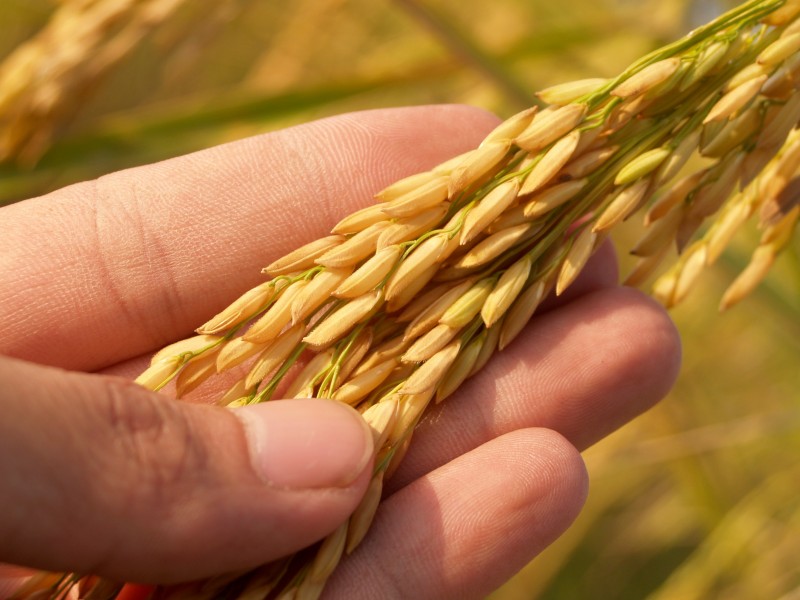
When it comes to choosing the right type of rice for a healthier diet, the debate between brown rice and white rice has garnered a lot of attention. Both varieties have their own set of nutritional benefits and considerations. In this article, we'll delve into the differences between brown and white rice, exploring their nutritional content, health benefits, and potential drawbacks. By the end of this article, you'll have a clearer understanding of which type of rice aligns best with your dietary goals and preferences.
Rice is a staple food for a significant portion of the world's population, and the choice between brown and white rice often boils down to their nutritional profiles. Brown rice and white rice undergo different levels of processing, which results in varying nutrient content and potential health impacts.
Nutritional Comparison
Brown rice retains its bran and germ layers, making it a whole grain. This means it contains higher levels of nutrients such as fiber, vitamins, and minerals compared to white rice, which has had these layers removed during processing.
Fiber Content and Digestive Health
Brown rice takes the lead in terms of fiber content. Fiber is crucial for maintaining a healthy digestive system, promoting regular bowel movements, and preventing constipation. The higher fiber content in brown rice also aids in controlling blood sugar levels and reducing the risk of type 2 diabetes.
Vitamins and Minerals
Brown rice is rich in B vitamins, magnesium, and phosphorus. These nutrients play essential roles in energy production, bone health, and overall well-being. While white rice is often fortified with some of these nutrients, the natural content in brown rice remains superior.
Glycemic Index and Blood Sugar
The glycemic index (GI) measures how quickly a food raises blood sugar levels. Brown rice has a lower GI than white rice, indicating a slower and steadier increase in blood sugar. This characteristic makes brown rice a favorable option for individuals aiming to manage their blood sugar levels.
Weight Management and Satiety
The higher fiber content in brown rice contributes to greater feelings of fullness and satiety. As a result, individuals consuming brown rice may be less likely to overeat or indulge in unhealthy snacks, supporting weight management efforts.
Antioxidants and Disease Prevention
Brown rice contains antioxidants, such as selenium and phenols, that have been associated with reduced oxidative stress and a lower risk of chronic diseases, including certain types of cancer and heart disease.
Taste and Texture
White rice is often preferred for its softer texture and milder flavor. However, many find the nutty and chewy texture of brown rice appealing, and its flavor can complement a variety of dishes.
Cooking and Preparation
Brown rice requires slightly longer cooking times and more water compared to white rice. Some people may prefer the convenience of white rice, while others appreciate the additional effort for the sake of improved nutritional value.
Cost and Availability
White rice is generally more affordable and widely available than brown rice. This accessibility makes it a practical option for many households, especially in regions where brown rice might be less accessible or more expensive.
Dietary Restrictions and Preferences
Individual dietary preferences, such as gluten-free or vegan diets, can influence the choice between brown and white rice. Brown rice aligns better with certain dietary restrictions due to its natural and unprocessed composition.
In the debate of brown rice vs. white rice, both varieties offer distinct advantages. Brown rice shines in terms of fiber, vitamins, minerals, and overall nutritional content. Its lower glycemic index and higher antioxidant levels make it a solid choice for those seeking better blood sugar control and disease prevention. On the other hand, white rice's softer texture and milder taste appeal to many, and its affordability and convenience cannot be overlooked. Ultimately, the healthier choice between brown and white rice depends on your nutritional goals, dietary preferences, and lifestyle.
Expert Advice, Potential Health Risks, and More on Chia Seeds
Increasing Skin Health and Immunity: 5 Benefits of Plum
Steamed or Boiled Potatoes on a Diabetes Diet? Advice from Professionals Unveiled